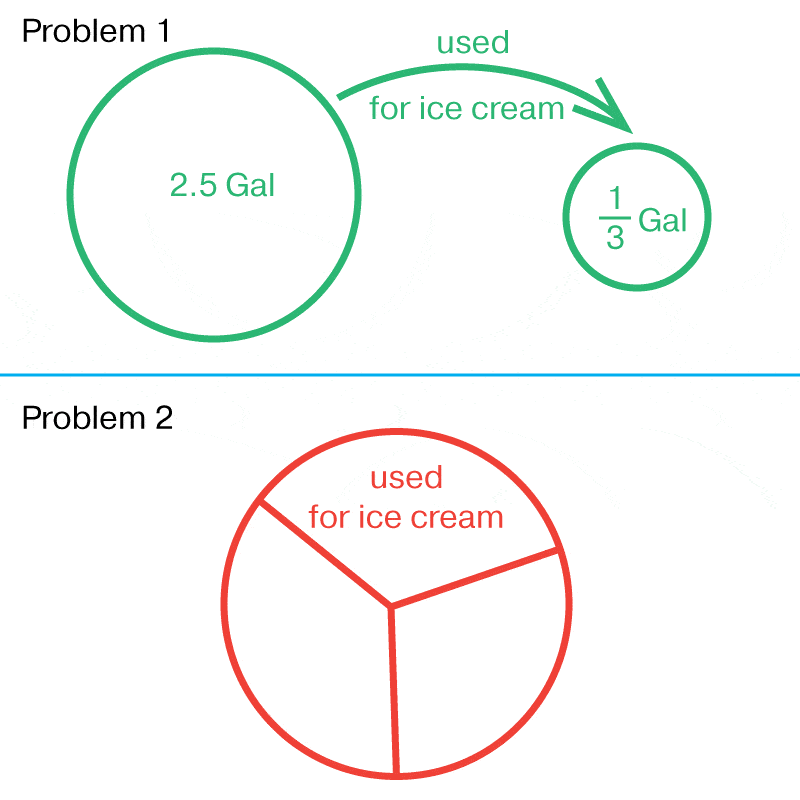Author
Math Country
Share
Author
Math Country
Share
The only man who never makes mistakes is the man who never does anything.
If someone asks, “What is the most effective teaching strategy for math?” the answer is simple: Allow children to make mistakes!
Learning something new without making mistakes is not only tricky but also unrealistic. As parents and educators, we must reassure children that making mistakes is a normal part of the learning journey. Understanding mistakes and making them work for you would also be helpful.
We must recognize that mistakes serve as valuable ‘feedback’ from children. We can identify areas that require additional attention and support by analyzing these mistakes. It’s crucial to distinguish between collateral mistakes (such as when 7th graders multiply 2 by 3 and get 5) and actual mistakes (when a student does not grasp the concept). Each mistake is a stepping stone towards understanding and mastery.
During our practice, we see many students who avoid making mistakes. They prefer to do nothing than to make a mistake. Most of the time, they know how to solve a problem but are not 100% sure this is the correct solution, and instead of trying to do something, they prefer to say, “I do not know,” and wait for the explanation.
We assure you that learning math is no different from learning another new concept. The theory is important, but it is worth nothing without practice. You cannot learn to tie shoelaces from the explanation; you must do it physically several times before understanding. It’s the same with math. To learn how to solve problems, we have to practice.
We think this behavior has two reasons: lack of motivation and self-confidence.
If we want to utilize effective teaching strategies for math, we should focus not on avoiding mistakes but fixing them and making them work for us.
Let’s delve into the issue of self-confidence, which we believe is a crucial factor contributing to weak motivation. Children lacking confidence in their abilities tend to shy away from challenges and learning opportunities. Building their self-confidence is essential to fostering a love for learning and a willingness to take risks.
We need to ensure that children understand that mistakes are typical while learning. Giving children a second chance is the easiest and fastest way to do it. Mark the problem where you see a mistake and ask to solve it again. If a child sees and fixes a mistake, you can say it is collateral and move on; if not, you must explain it again.
Children in an environment that embraces mistakes as part of learning feel liberated to explore different solutions independently without waiting for instructions. This fosters independent thinking and problem-solving skills, essential for their mental growth and development. Encouraging a mistake-friendly environment is a powerful tool in helping children become more confident and capable learners.
Read the following article about Self Assessment
Stay in the loop







